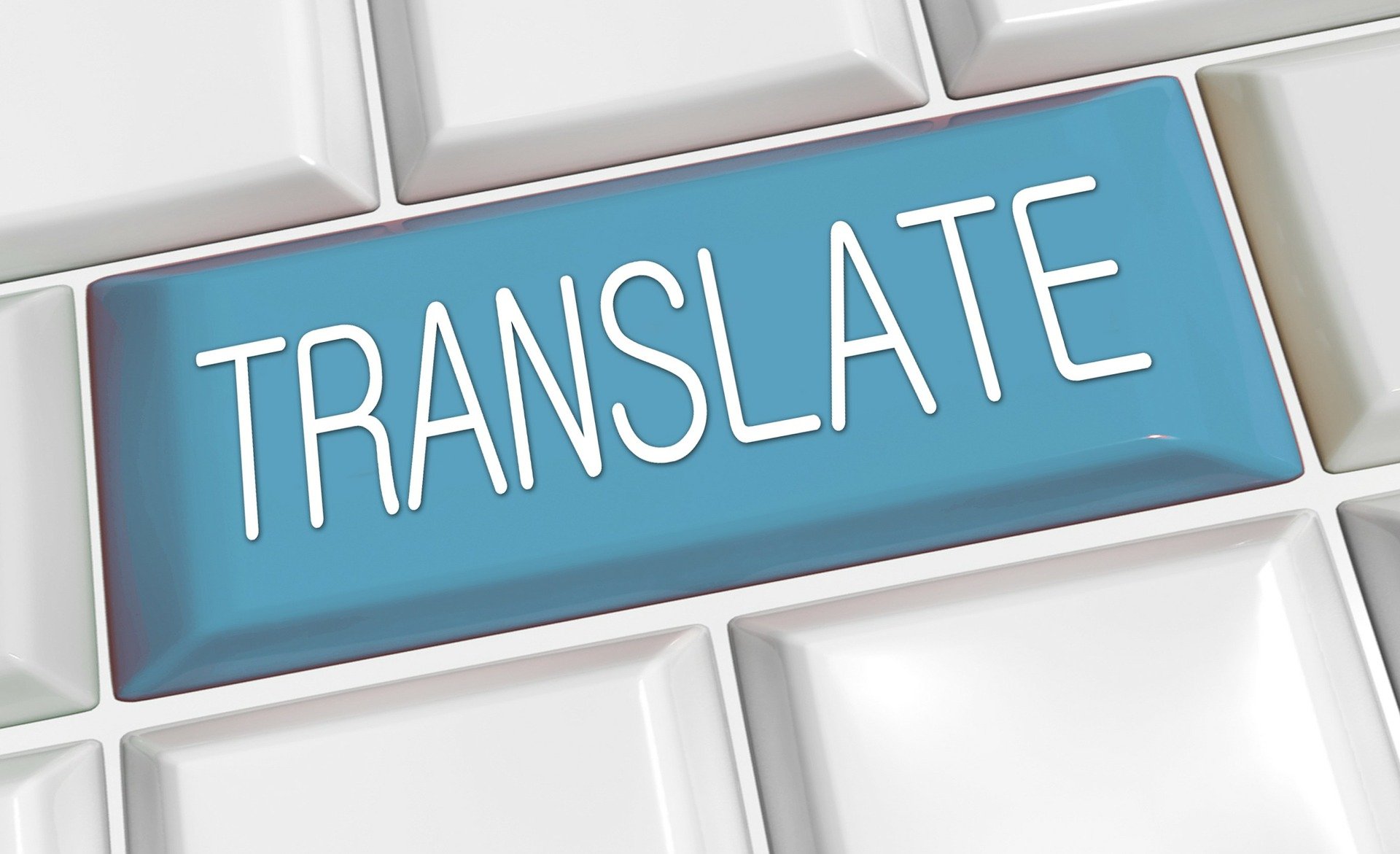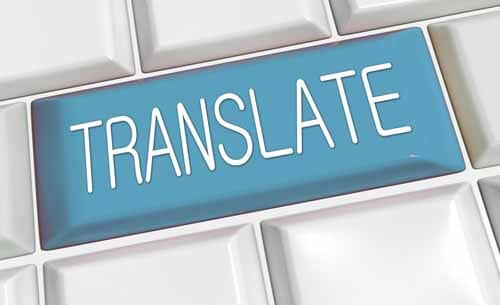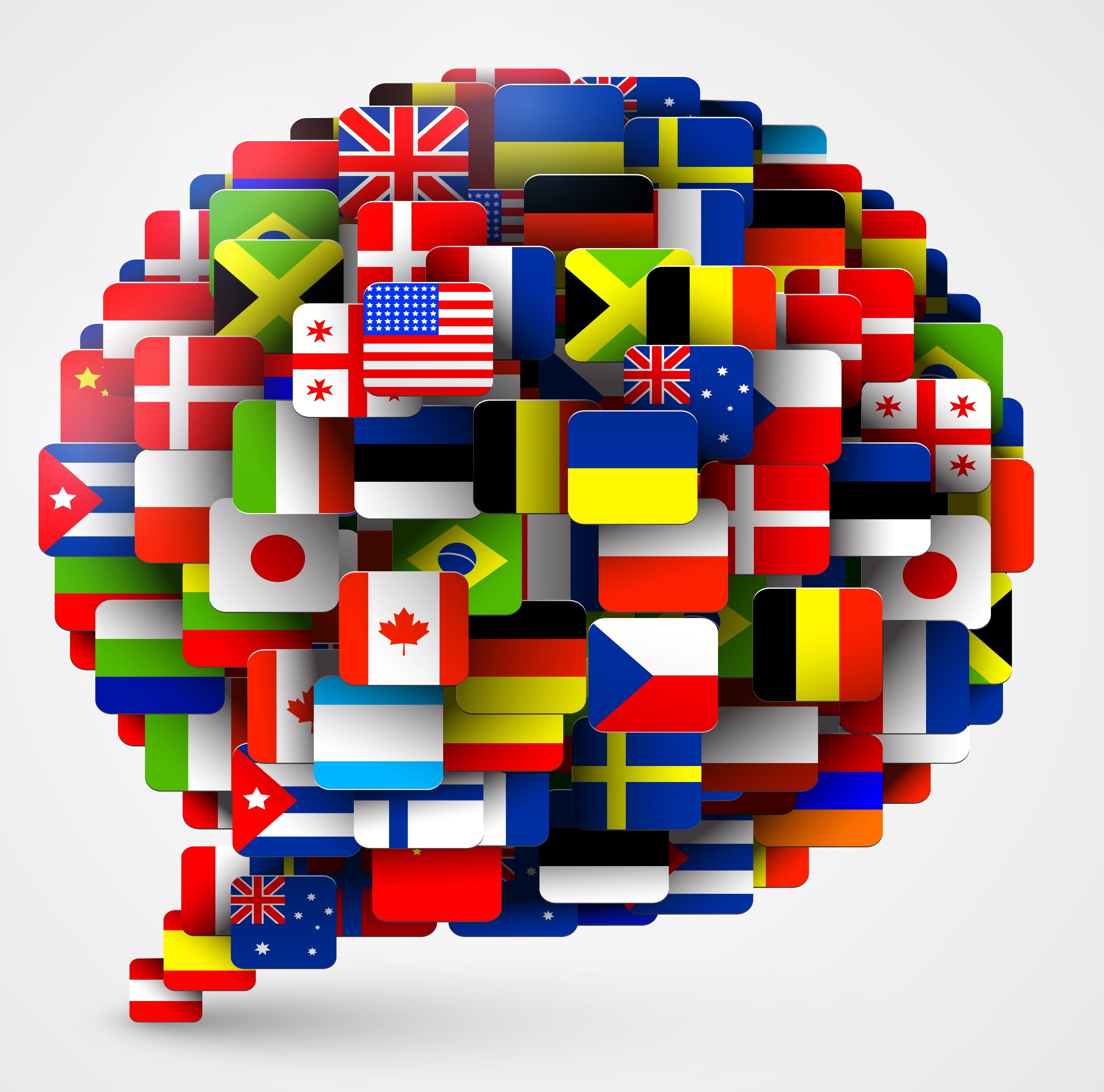Listen to Audio Version:

Although patient recruitment translation includes a variety of services – everything from study feasibilities to site selections to media management – it is the actual recruitment materials that will ultimately facilitate or doom a clinical trial. Without effective patient recruitment, a process that’s estimated to take up to 30% of the clinical timeline, clinical trials often stall and fail to finish on time. To ensure that recruitment materials speak clearly and effectively to your target audience, work with a professional translation agency like Rapport International, a company that understands the patient recruitment process. Consider these 5 areas where top-notch translations could either help or hinder a clinical trial’s progress.
1. The fine line between marketing and recruitment – Clinical trials are conducted to collect data to determine the safety and effectiveness of new drugs and medical devices. Trials include a series of stages, beginning with Phase I (where safety, safe dosage ranges, and side effects are evaluated based on a small group of people (20-80), progressing through more phases with larger groups of participants, and eventually ending with Phase IV (where post-marketing studies identify additional information like the drug’s risks, benefits, and optimal use). In each phase, it is imperative to educate the public about the value of participation as well as all measures in place to protect trial participants.
Consider the outcome of the “Will & Why” survey conducted in 2001. Of the more than 5,000 people surveyed in the U.S., 81% said they were not aware of mandated safeguards, including the Declaration of Helsinki, The Belmont Report, Institutional Review Boards, and the informed consent process. Once learning of these protective measures, 40% of respondents said they’d be more willing to participate in a clinical trial.
Within the informed consent process itself, it is mandatory that participants receive clear, concise descriptions of possible adverse reactions as well as the highlights of a product’s potential benefits. This delicate balancing act requires that descriptions be enticing enough to elicit interest, but not direct sales pitches that ignore the risks involved. Professional translation agencies know that using a translator with Life Science experience is imperative for success because marketing translators only understand half of the equation. A life science translator can incorporate marketing aspects while not ignoring the more scientific demands of regulatory requirements, technical concepts, and direct-to-patient communication.
2. Addressing participants properly – The English language, with its use of the all-encompassing “You,” can seem very informal and even inappropriate to potential participants that come from regions of the world where more formality is standard. Most Romance languages distinguish between formal and informal uses of “you” as well as the singular and plural of those forms. Spanish, for example, has:
Singular, Informal – tú
Singular, Formal – usted
Plural, Informal – vosotrous
Plural, Formal – ustedes
And, for each classification there is a corresponding verb form. Yet in English, they all would be “you.” To help clarify matters, eliminate “you” and use a term like “study participant,” which sounds more professional and less informal.
When considering how to address patient recruits, also investigate the specific language(s) needed. When Rapport International was chosen to work on a prostate education plan for Chinese Americans, the Boston translation agency noted that the older Chinese population, which had prostate issues and could benefit from the program, read Traditional Chinese (TC), while newer and younger immigrants from China read Simplified Chinese (SC). Knowing which version of the language was appropriate saved everyone involved a lot of time and money – and it boosted participation!
3. Pay attention to literacy levels and cultural sensitivities – Regardless of whether clinical trials are taking place in the U.S. or abroad, identifying the educational levels, diverse abilities, range of experiences, communication expectations, and cultural beliefs and practices of potential recruits is paramount in order for good translations to occur. Imagine the confusion U.S. immigrants might encounter while reading an advertisement about patient recruitment for a new drug to combat diabetes if terms like: “fasting blood glucose levels,” “oral glucose tolerance test,” and “hemoglobin A1c test,” were used. Many immigrants would simply ignore the message because the terminology would be beyond their literacy capabilities. In a country as diverse as the United States, identifying language communities and adapting patient recruitment brochures, advertisements, etc., to meet the needs of those populations is a win-win situation for all parties involved.
But, U.S. clinical trials are only a small piece of the pie. According to the Office of the Inspector General, in 2010, 78% of all participants in clinical trials were enrolled at non-U.S. sites. With more and more companies appealing to foreign countries for patient recruitment, the demand for better cultural understanding, qualified translators, and knowledgeable translation agencies has risen sharply. Always investigate the reputation of any agency before signing a contract and always look for an agency that understands that translation involves more than simply converting words from one language to another. Good patient recruitment translators understand the need to grasp the nuances of meaning expressed in any document, convey that information in layman’s terms, and at the same time, fulfill regulatory obligations. It’s no small task, but agencies like Rapport International have numerous expert translators at their fingertips for projects and they guarantee their work.
In addition to words, language providers can also assess pictures and graphs for cultural acceptability. Using the wrong color or offensive image could incite fear and mistrust in many communities around the world. Take, for instance, the color green, which may be lucky in Ireland and the Middle East, but signifies danger and possible death in South America. A picture of a doctor touching someone’s face in the United States seems harmless enough, but the same image in Asia makes people uncomfortable because the head is considered to be sacred. Once again, communicating effectively involves more than words. If your clinical trial wants to get off on the right foot, work with a translation agency as early in the process as possible.
4. Aim for retention – Keeping patients involved throughout the clinical trial process is crucial for collecting accurate data and moving any trial towards completion. The longer and more invasive the trial is, the greater the need for retention support. As with patient recruitment tools, retention strategies also need to rely on translators, and in some cases, interpreters, so that messages are understood. Here are a few strategies to consider:
* Send reminders in the form of post cards, e-mails, text messages, or phone calls.
* Recognize the role of caregivers and offer support in the form of study guides, home nurse visits, coping skill resources, and compensation for driving patients to clinical trials.
* Assess how to support patients through lengthy or invasive procedures by using questionnaires or supplying interpreters to identify areas of discomfort and locate solutions (e.g., pillows, blankets, drinks).
5. Streamline the process – Upfront planning and logistics are critical factors for successful clinical trials. So, too, are proficient life science translators with clinical trial experience, as well as project managers to keep everyone on schedule. Reaching out to one translation agency to help with all facets of the patient recruitment process will ultimately save your company money and it will speed up the timeline because there is one, centralized management process in place. When all phases of a clinical trial run through the same company, there are fewer chances for mistakes and/or misunderstandings. Additionally, translation agencies have numerous translators available, enough to cover trials taking place in various continents. Some, like Rapport International, even have translators for specific dialects like Haitian Creole and Cajun French.
Working in today’s international marketplace is not without its challenges, especially when it comes to communicating clearly. But never let a clinical trial falter because of poor patient recruitment. Let the experts lend a hand. Call 978-443-2540 to speak with a representative – or – request a FREE QUOTE!
Rapport International specializes in multilingual communications, providing language translation and interpretation services that are accurate and culturally appropriate. We use the right voice and the correct terminology to avoid liability, customize services to your needs, and deliver on time and within your budget. With our 100% satisfaction guarantee, you can trust that it’s done right. Contact us today if you would like more information or to get a free quote.
Popular Posts
Popular industry news, interviews, technologies, and resources.
















